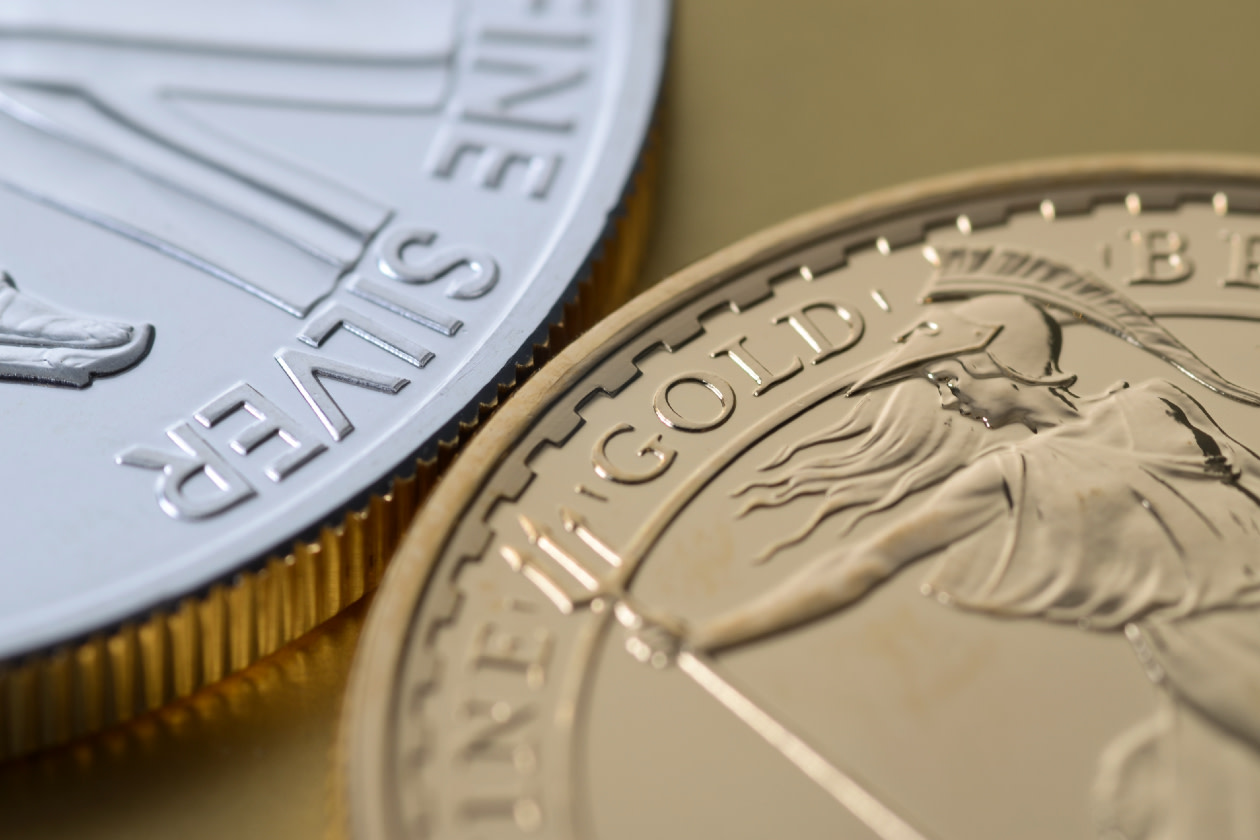In uncertain times, investors often turn to gold – and that’s exactly what we’ve seen in recent months.
A mix of political tension, shifting central bank policy, and concerns about the long-term health of the global economy has pushed gold firmly back into the limelight.
This helped drive the gold price up to record highs.
It’s now on track for its strongest calendar-year performance since 1979, a year remembered for runaway inflation and one where gold prices more than doubled. Today’s backdrop is different, but the scale and persistence of the current rally have caught investors’ attention.
A shifting policy landscape
Changing expectations for interest rates have played a part in a higher gold price, including the potential for further rate cuts from the US Federal Reserve (Fed). Rate cuts generally support the price of gold because of its attractiveness as a representative of value makes it more appealing when the income available from other assets, like cash, falls.
Elsewhere, longer-term concerns about debt sustainability, including in the US, have crept higher. And recent political developments, including attempts to influence the independence of the Fed, have added another layer of unease. These are the types of risks that often prompt investors to seek out perceived ‘safe haven’ assets like gold.
Who’s buying?
Gold’s recent strength has also been underpinned by demand from emerging market central banks. China in particular has continued buying, as part of a broader effort to diversify away from the US dollar. Other countries like Poland have also stepped up their holdings, citing the need for financial security in a more volatile geopolitical landscape.
Demand from Western investors has also picked up over the year, with flows into physical gold Exchange Traded Funds (ETFs) rising.
Could it last?
Forecasts differ, as they always do. But some analysts believe gold could still have room to run, though likely at a slower pace rather than the large increases we’ve recently seen.
Demand from central banks is expected to continue. The latest World Gold Council survey suggested a record percentage of banks are expected to increase holdings in the following 12 months. Chinese investors may also continue to invest in gold as a haven from any ongoing weakness in China’s property sector.
That said, as with any investment there are risks. A resurgence in inflation in the US, perhaps driven by tariffs, could force the Fed to keep rates higher for longer. And if demand from central banks or Chinese investors wanes, momentum could slow.
For those considering an investment, the key question is what role could gold play in an investment portfolio today?
This article isn’t advice. All investments can rise and fall in value, so you could get back less than you invest. Past performance isn’t a guide to the future. If you’re not sure if an investment’s right for you, ask for financial advice.
What are the benefits of investing in gold?
Gold has historically always been seen as a portfolio diversifier. That’s because it’s tended to perform well during more turbulent times. Though this shouldn’t be seen as a guide to the future.
Holding gold has the potential to shelter your portfolio in difficult times, rather than shooting the lights out. It’s worth noting that 2025 has been a bit of an anomaly for gold as it’s performed better than most major stock markets.
So, if you think the world will continue to be volatile, perhaps because of political tensions or the impact of Trump’s tariffs, then buying some gold as a hedge might appeal.
However, we’re big fans of diversification and if you’re looking to hold some gold, it should only form a small part of a well-diversified portfolio. That’s because investing in gold isn’t for everyone. It’s a specialist market area so investors should be prepared to take a long-term view and accept the associated volatility.
If you do think it has a place in your portfolio, then here are a couple of investment ideas to get you started.
Investing in funds and exchange traded products isn’t right for everyone. Investors should only invest if the investment’s objectives are aligned with their own, and there’s a specific need for the type of investment being made. Investors should understand the specific risks of an investment before they invest, and make sure any new investment forms part of a diversified portfolio.
For more details on each fund including risks and charges, use the links to their factsheets and key investor information.
iShares Physical Gold ETC
An ETC, or exchange traded commodity, is traded on a stock exchange, like a stock, but tracks the price of a commodity or a commodity index.
The iShares Physical Gold ETC tracks the gold spot price. This is the current price in the marketplace at which gold can be bought or sold for immediate delivery. It could be a good way to benefit from any potential moves in the gold price, without having to own the physical commodity.
As this is an offshore fund, you’re not normally entitled to compensation through the UK Financial Services Compensation Scheme.
Annual percentage growth
31/08/2020 To 31/08/2021 | 31/08/2021 To 31/08/2022 | 31/08/2022 To 31/08/2023 | 31/08/2023 To 31/08/2024 | 31/08/2024 To 31/08/2025 | |
|---|---|---|---|---|---|
iShares Physical Gold ETC | -10.32 | 11.69 | 3.82 | 24.61 | 32.56 |
Bloomberg Gold | -11.51 | 10.98 | 3.70 | 23.28 | 33.97 |
Troy Trojan
If you’d rather own a fund with a mix of assets and let the manager do the hard work of deciding what to buy for you, then you could consider the Troy Trojan fund.
The managers, Sebastian Lyon and Charlotte Yonge, aim to grow investors' money steadily over the long run, while limiting losses when markets fall.
The fund is focused around four 'pillars'. The first contains large, established companies Lyon and Yonge think can grow sustainably over the long run, and endure tough economic conditions.
The second pillar is made from bonds, including US index-linked bonds, which could shelter investors if inflation rises. Some of the fund is also invested in UK gilts.
The third pillar consists of gold-related investments, including physical gold, which has often acted as a ‘safe haven’ during times of uncertainty. The fund has tended to have around 10% invested in the yellow metal over time.
The final pillar is ‘cash’. This provides important shelter when markets stumble, but also a chance to invest in other assets quickly when opportunities arise.
The managers have the flexibility to invest in smaller companies, and the fund is concentrated which means each investment can contribute significantly to overall returns – both these factors can increase risk.
Annual percentage growth
31/08/2020 To 31/08/2021 | 31/08/2021 To 31/08/2022 | 31/08/2022 To 31/08/2023 | 31/08/2023 To 31/08/2024 | 31/08/2024 To 31/08/2025 | |
|---|---|---|---|---|---|
Troy Trojan | 10.37 | 0.60 | -1.13 | 6.44 | 7.15 |
UK Retail Price Index | 4.81 | 12.30 | 9.10 | 3.53 | 4.57 |


